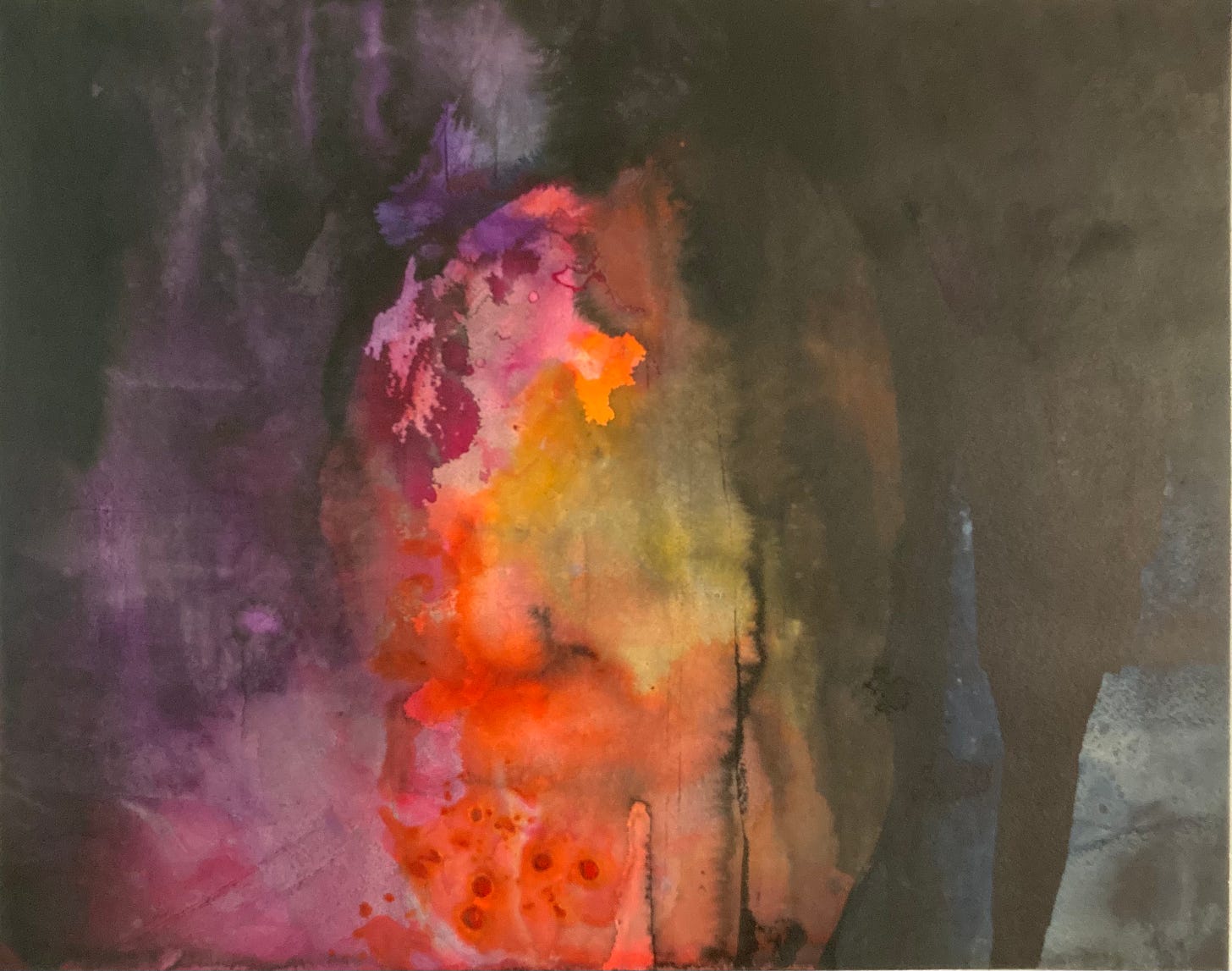As I mentioned in a previous post, I am focusing these quarter moon posts on a few key words and concepts that come up frequently in my work. I chose the quarter moon as my time marker because of its in-betweenness. And it is in that spirit that I offer these ideas. Some of them I’ve spoken about at length, others feel new, or newly present as I move into new ways of understanding my work with creativity as an artist and mentor. I thought I’d start by talking about what I believe about creativity.
I believe that creativity animates our human experience in profoundly mysterious ways. It is one of those words, like spirituality, that people use without any real idea of what it is, while at the same time holding (often self-limiting) beliefs about who has it, where it is found, and what it produces. I believe that wisdom, insight, beauty, and inspiration is found and experienced through the relations between all of the confoundingly wondrous features of this world, its myriad organisms, its vibrations, tides, magnetisms, mountains and minerals, unfathomable depths below the ground and above the blue of our earthly skies. We are woven into relationship with this world through the outgoing and incoming mechanisms of our senses, the endless dance of sending and receiving that constitutes sense perception, and I believe that it is through these portals of our senses that we are lit up with the capacity for grand abstractions and glittering bridges of imagination between our physical experience and conjured realities.
It is my assertion that disbelief comes from removing oneself from this field of relations. Take this example. It is common for me to hear someone say, when discussing systems of belief, that they do not believe in crystals. This same person may find that time in nature relaxes them, and may even, while exploring an area of natural beauty, come upon a cave that contains beautiful rock formations which imbue that person with a sense of peace and reverence.
That person has no conceptual boundary to experiencing this; it happens effortlessly, seemingly without need for a specific belief. One could say that the peace experienced in that space between person and cave, between notions of the everyday and the exceptional, is a kind of magic.
It is when we take the rock out of the cave, break it and ourselves out of this relationality, set it on the table and wait for it to do magic on us, that we may find ourselves disappointed and disbelieving. Creativity, in my view, functions much the same way. I often hear people bemoan that they don’t make time to “be creative.” While I understand what they mean, I believe this notion of creativity, as something we do rather than something we are already engaged with, sets us up for those same feelings of disappointment and disbelief—in ourselves. When we view creativity as something separate and outside of our experience we are, in a sense, waiting for the magic. This feeling of being separate from the magic is rooted in centuries of western thought and may require, for many, a dedicated practice to move beyond a conceptualization of creativity as something which happens within our brains alone, towards an understanding of creative practice as an inherently relational process.
More and more, I am coming to understand my work as practice of proposing ways to heal from the destructive cultural attitudes and voices that have prevented us from being nourished by our creativity. It is a practice that continues to change as I do.
The Drawing on the Senses exercises, posted every Monday, are on the Drawing on the Senses page.




